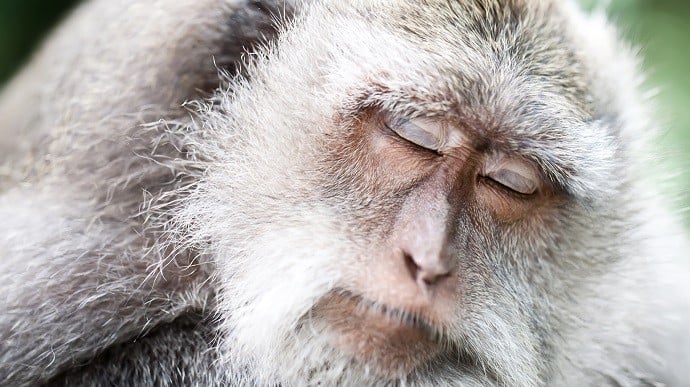UP Researchers Edge Closer to Unlocking the Secrets of Aging
The quest for immortality has long fascinated humans, and inspired countless tales – now, in two new studies published in the journals Nature and Science, University of Pretoria (UP) researchers, along with a team of global experts known as the Mammalian Methylation Consortium, are a step closer to unmasking the secret of aging in mammals, thus raising important questions – and answers.
“Uncovering DNA methylation landscapes that are associated with maximum lifespan and birth length in mammals, including humans, has implications for developing interventions to promote healthy aging and prevent age-related diseases,” says Professor Nigel Bennett of UP.
Together with a team of international scientists, Prof Bennett, Dr Daniel Hart and Dr Darren Pietersen of the University’s Department of Zoology and Entomology in the Faculty of Natural and Agricultural Sciences studied more than 15 000 samples across 348 species in 25 out of 26 taxonomic orders, and found that both the genome and epigenome influence the biological characteristics and traits of different species. These traits include physical features, susceptibility to diseases, and behaviour, and are influenced by genetic and environmental factors. The study offers insight into aging and the lifespans across different mammal species. Analysing these cells and the effects of epigenetic factors such as lifestyle could help to predict the onset of age-related diseases and how to treat them.
“The study could contribute to a better understanding of the genetic and epigenetic basis of aging and lifespan in mammals, including humans, by providing insights into the evolution of lifespan and aging across different species of mammals,” Prof Bennett says. “We have helped to develop a universal pan-mammalian clock. This is a mathematical formula that we believe can accurately estimate age in all mammal species.”
Being able to determine the age of mammals in the wild will help to understand their stage of development, and possible diseases or treatments. This has implications for conservation and the preservation of endangered species; this includes the identification of population dynamics, such as whether a particular animal is still able to reproduce. In addition, the clock can be used in forensic science to estimate the correct age of a victim at the time of death or the age of a suspect based on forensic evidence.
Aging has long been thought to be the result of random cellular damage or degradation over time, but this latest research shows that the epigenetic aspects of aging in fact follow a predetermined “programme”. “By understanding the evolutionary conservation of aging and its relationship with developmental processes across all mammals, we can try to identify biomarkers of aging that can be used to diagnose and treat various ailments,” Dr Hart explains.
“The study made use of DNA methylation to compare the changes to epigenetic factors that affect mammals, like environment and lifestyle, which can affect one’s health or genetic makeup,” Dr Pietersen says. “Epigenetic refers to changes in gene codes that occur without any alteration in the DNA sequence. These changes can be influenced by various factors such as environmental conditions, lifestyle and aging. The findings of our study suggest that aging has remained relatively unchanged over long periods of evolutionary time, and there are similarities in developmental processes across all mammals.”
DNA methylation involves the natural addition of a methyl (one carbon atom bonded to three hydrogen atoms) group to one of the four (cytosine) nucleotide bases of the DNA molecule, which can affect the control of gene expression – turning genes on or off. Gene expression cells are all cells in the body. Any defect in gene expression will result in problems, including cancer, obesity and autoimmune conditions. DNA methylation patterns can vary between cell types and tissues, and can be influenced by environmental factors. In mammals, these specific methylation levels change with age.
This study has important implications for a range of fields, from forensics to conservation and biomedical research; this is because the universal pan-mammalian clock can be used to study the effects of environmental factors, such as diet and lifestyle, on the aging process and the development of age-related diseases.

